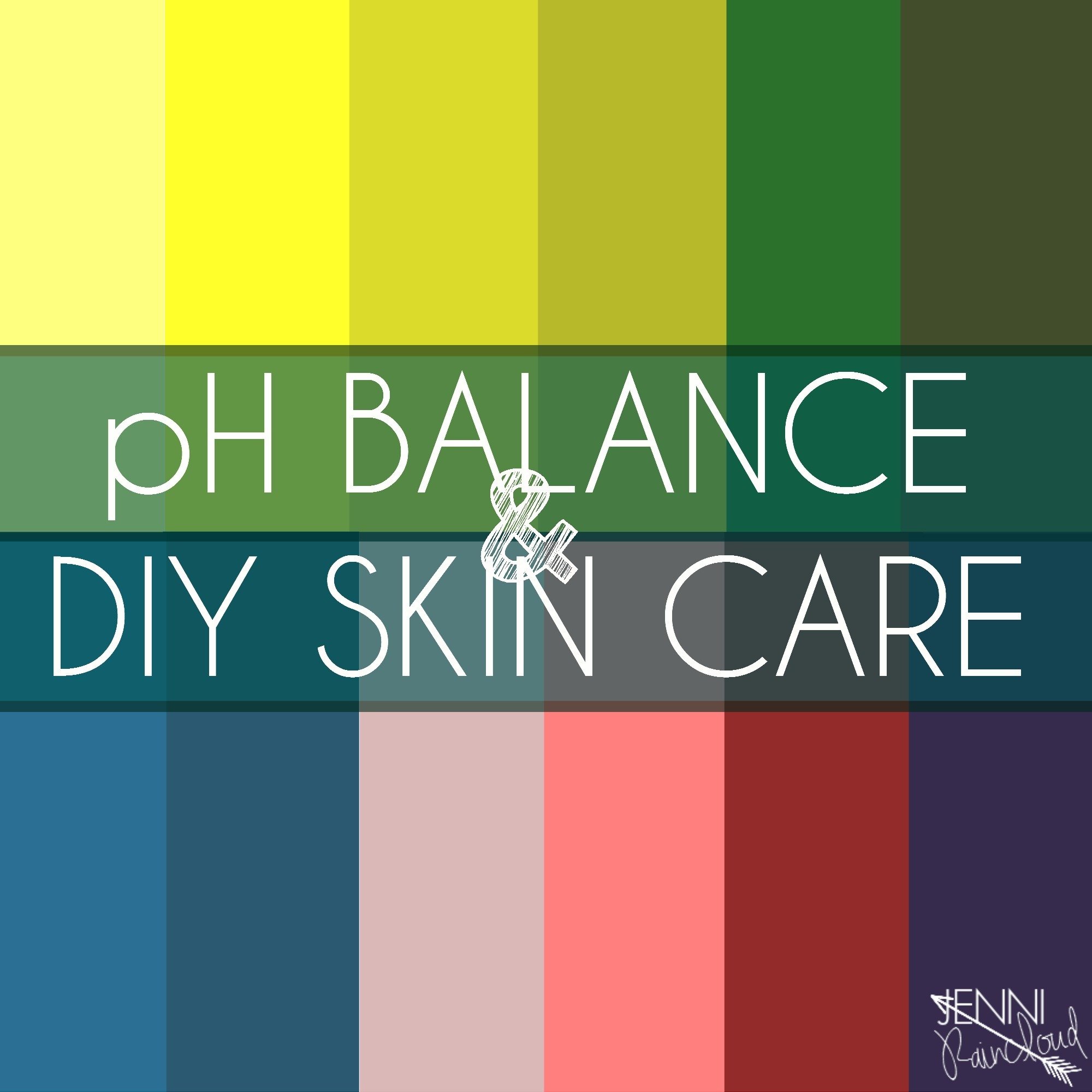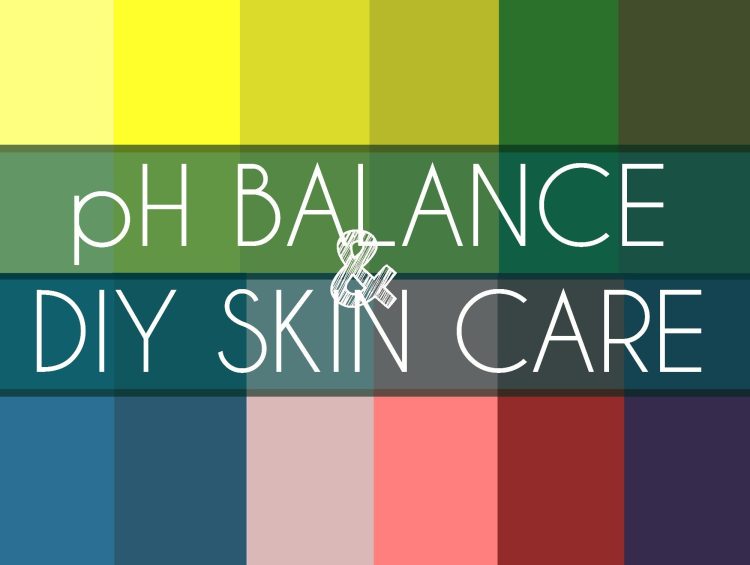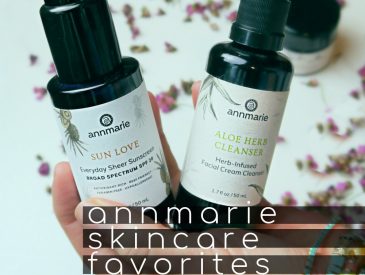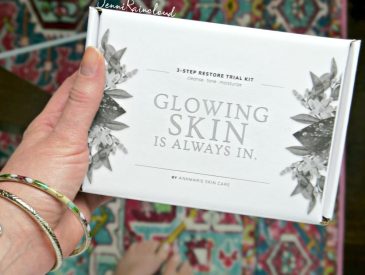 Balance is key to living a healthy life. It is mandatory on every level! So when the skin is out of balance , many skin disorders can flair out of control causing skin to be less then healthy. pH levels must not be overlooked when choosing the right skin care for your skin type.
Balance is key to living a healthy life. It is mandatory on every level! So when the skin is out of balance , many skin disorders can flair out of control causing skin to be less then healthy. pH levels must not be overlooked when choosing the right skin care for your skin type.
What is pH?
pH refers to the acid/alkaline ratio of a substance. On a scale of 1-14, with 1 being the most acidic to 14 being the most alkaline, 7 is considered a neutral pH. There are issues if there isn’t a proper balance between the two. For example, when you are experiencing heart burn/acid reflux your stomach is acidic. In order to experience relief, you might take baking soda in water or milk of magnesia. Both of these remedies are highly akaline and will balance the acidity in the stomach.
Our skin has what is called an acid mantel. It is made up of sebum that interacts with sweat and the environment. It’s pH should be around 5-6, slightly acidic. The acid mantel is how the skin protects itself. This can’t happen efficiently when the skin’s pH level is either too acidic or too alkaline. Damage occurs to the acid mantle when balance is not achieved. When the acid mantel is damaged, acne, dermatitis, rosacea, wrinkles and excessive dryness can occur.
Just in case I haven’t made clear how detrimental an improper pH is to the skin, dermatologist, Audry Kunin from the Dr. Oz Show, might shed some more light….
According to Audrey Kunin MD via Dr. Oz:
The epidermis is protected by an external layer of tightly knit cells arranged like shingles on a roof. Any disruption to the acid mantle, elevating overall skin pH, interferes with this protective barrier, wrenching cells away from each other and results in dehydration, roughness, irritation and noticeable flaking. Skin is left defenseless and susceptible to further environmental damage.
As cells pull apart, minute breaks become exposed, leaving skin more vulnerable to bacterial invasion. Under normal circumstances, bacteria not only have a difficult time penetrating through the shield-like structure of the skin and the acid mantle also creates a hostile environment for bacteria which prefer an alkaline environment to flourish. A rise in pH plays mayhem with our natural infection prevention, further increasing the risk of infection. Once the pH exceeds 6.5, bacterial invasion increases dramatically, a loss of normal skin integrity results and a variety of skin disorders such as eczema, psoriasis and irritant contact dermatitis flare.
In order to keep our skin and body pH balanced, a healthy diet is a must. Environmental factors such as pollution and even stress can throw off your pH levels. Skin care can greatly effect your pH levels in good and bad ways.
So what does this mean for the products we are putting on our skin? and…What does this mean for our DIY products??
I have done loads of research lately on the proper way to make skin care products. I have sought out other bloggers, skin care professionals and even chemists to help me sort through the topic of pH balance in products. I’m so thrilled with the knowledge I’ve obtained. I’ve had fun testing my products pH levels!!
When it comes to products, let’s start with cleansers. In order to be effective, cleansers need to have more of an alkaline pH in order to dissolve dirt. The problem with most cleansers is that their pH is way higher then they should be and this causes major damage to your skin’s acid mantle. Soap has a pH of 9-12. This pH is way too high for skin. This is one reason why the oil cleansing method has become so popular! It allows you to avoid soap so your skin can stay pH balanced. For many of you, the OCM is not working well and cleansers are a must. You should be using a cleanser with a pH of 5.5-6.5. If you are making your own cleanser and using castile soap, you will need to add a pH adjuster like citric acid. Citric acid will lower the pH of a substance.
Moisturizers can have a lower pH since their function is not meant to cleanse. I have always used citric acid in my DIY lotions. Before I really understood the chemistry of making a lotion, I thought citric acid was a preservative. Come to find out, it is a pH adjuster. Many people use it to inhibit bacteria growth because bacteria has a harder time growing in a lower pH. My facial creams (with the citric acid) had a pH of around 3. This is rather low for a moisturizing cream, but on the bright side, my creams were truly “anti aging” creams because with a pH that low, slight exfoliation was occurring. For a cream that solely moisturizes, a pH around 5 is a better choice. I have since ditched the citric acid and added a preservative. This brings the pH were it should be.
Now, toners are actually meant to correct pH. Toners were really popular to use after using soap or a cleanser to clean the face since they were able to correct your skin’s pH after the cleanser shot it up to 9 and up. This sounds great except that adjusting your pH from one extreme to another is very hard on your skin and still can cause damage to your acid mantle. Once you have corrected your pH levels of your cleanser and moisturizer, your toner can server as an “assistant” to your cleanser and moisturizer and actually help “tone” the skin.
Chemical exfoliants have a pH around 2-3. Applying a product that is this acidic will help dissolve dead skin cells and encourage new cells to form. Using products with a low pH too often can really irritate your skin though. Because everyone’s skin is different, you must always be aware of your own pH and how your skin responds to different products.
It’s not easy to test your pH yourself. Doctor’s usually use a saliva test. I have heard this is possible at home but I haven’t tried it yet. Below are common characteristics of out of balance skin.
How to Determine if Your Skin is out of Balance:
Skin that is too acidic:
- Skin feels oily after cleansing.
- Moisturizer makes skin too greasy feeling.
- Skin is reactive and sensitive to products.
- Skin is prone to breakouts.
- Skin looks red and feels irritated
Skin that is too alkaline:
- Skin feels tight and dry after cleansing.
- Moisturizer is needed more than once a day.
- Skin has dry patches.
- Skin looks dull with more fine lines and wrinkles.
- Skin stings or feels irritated after applying products.
- Skin rarely appears plump or dewy.
This is a lot of info. I hope I have explained it in an understandable way. pH very likely could be your key to beautiful skin. Testing your skin care products is easy. As of now I test all my products with simple pH strips. It’s fast, easy and affordable. Soon I will upgrade to an electronic pH tester. Of course, if you are following my recipes and using my suggested ingredients, there is no reason to test for pH-I’ve already done the experimenting for you!
***testing lotions can be difficult because they are too thick for you to see your test strip once they have been dipped into your cream. In order to test lotions, I take 1 tsp. of cream and mix it with 4 tsp. of water, then insert my pH strip.***
Stay tuned for more posts on what I have learned about the chemistry of DIY skin care. I have tweaked many of my former recipes to reflect my knowledge but please know-my recipes were still effective and safe. Now they are pH balanced and protected better from possible mold and bacteria! Go HERE for a summary.
Please leave me questions below-It is your questions that have pushed me to find out better ways to make more effective products! Many blogs out there are giving you false info. due to lack of education. Here at JRC I want to always be open and upfront about making your own products and provide correct recipes that are safe and natural!
xx, Jenni





